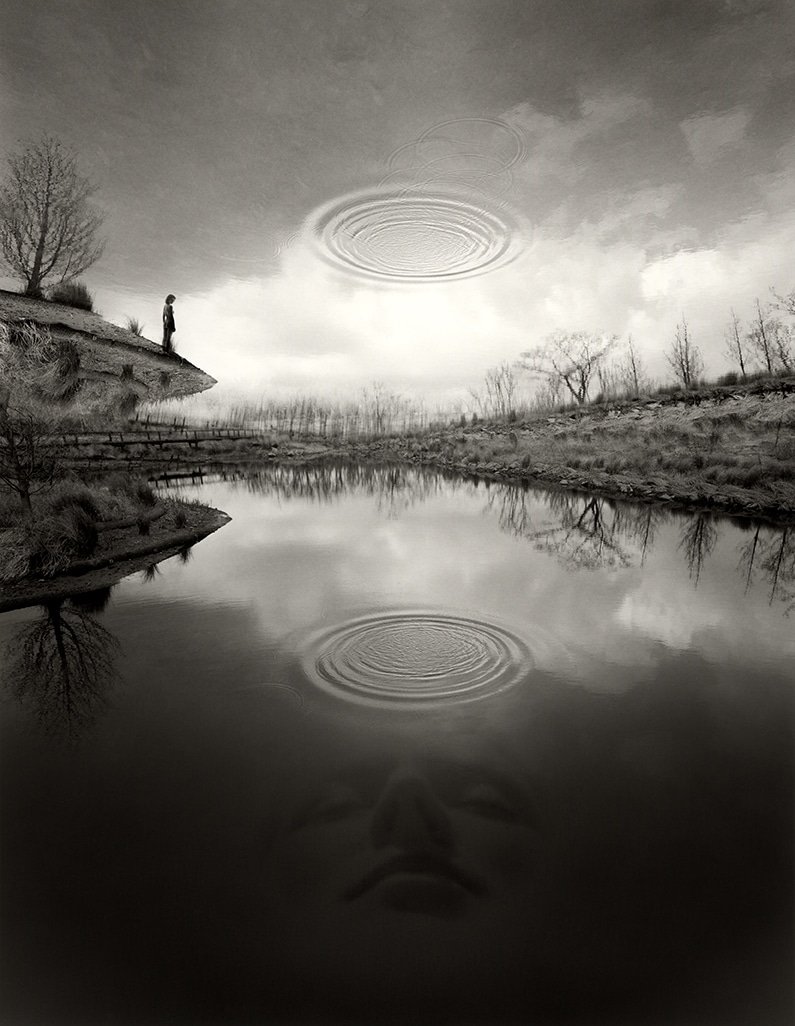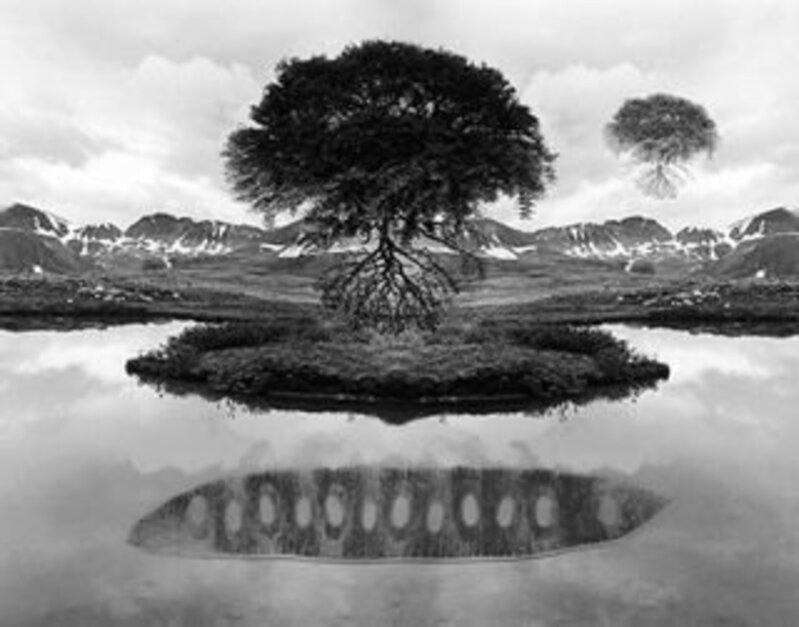1. Initially, I was very impressed but also confused as to how Uelsmann got to the final products, as his photographs have other images layered within them. To be able to achieve this "photomontage" without Photoshop must have taken a lot of hard work and creativity, which I admire. The images themselves range from astounding to unsettling, but overall I like them.

2. I would categorize Jerry Uelsmann's work as photomontage photography, typically contrasting a landscape/natural image with a human/manmade subject.
3. El Lissitzsky was a Russian artist, designer, and photographer who, like Uelsmann, utilized the technique of creating a photomontage, resulting in fascinating layered images. However, Lissitzsky's images focus more on humans, whereas Uelsmann's do not, and if they do, the person is much smaller in the frame, largely trumped by their natural surroundings. I like both of their works, but overall I prefer Lissitzsky's due to its more intimate, personal energy. Looking at his photos feels like a message/commentary has been received successfully by the viewer, but Uelsmann's message feels distant, or even nonexistent.


4. If someone remade Uelsmann's work today, they would utilize his signature contrast between man and nature, but use it to provide social commentary, on issues like climate change or urban decay.

5. Uelsmann's work embodies his quote perfectly, as he explored the world of photography in a way that not many had before. By giving himself permission to be creative, and even a little weird, his photographs were all the better for it.

Comments
Post a Comment